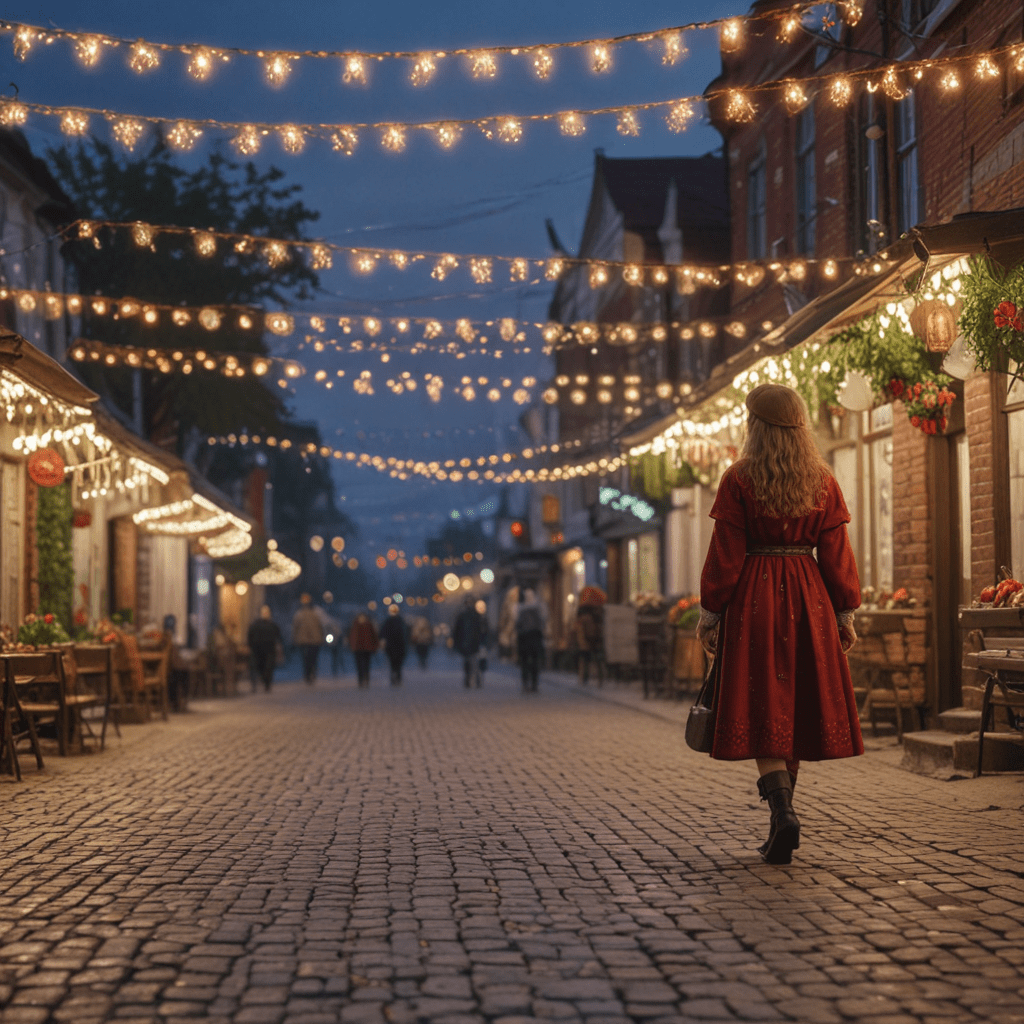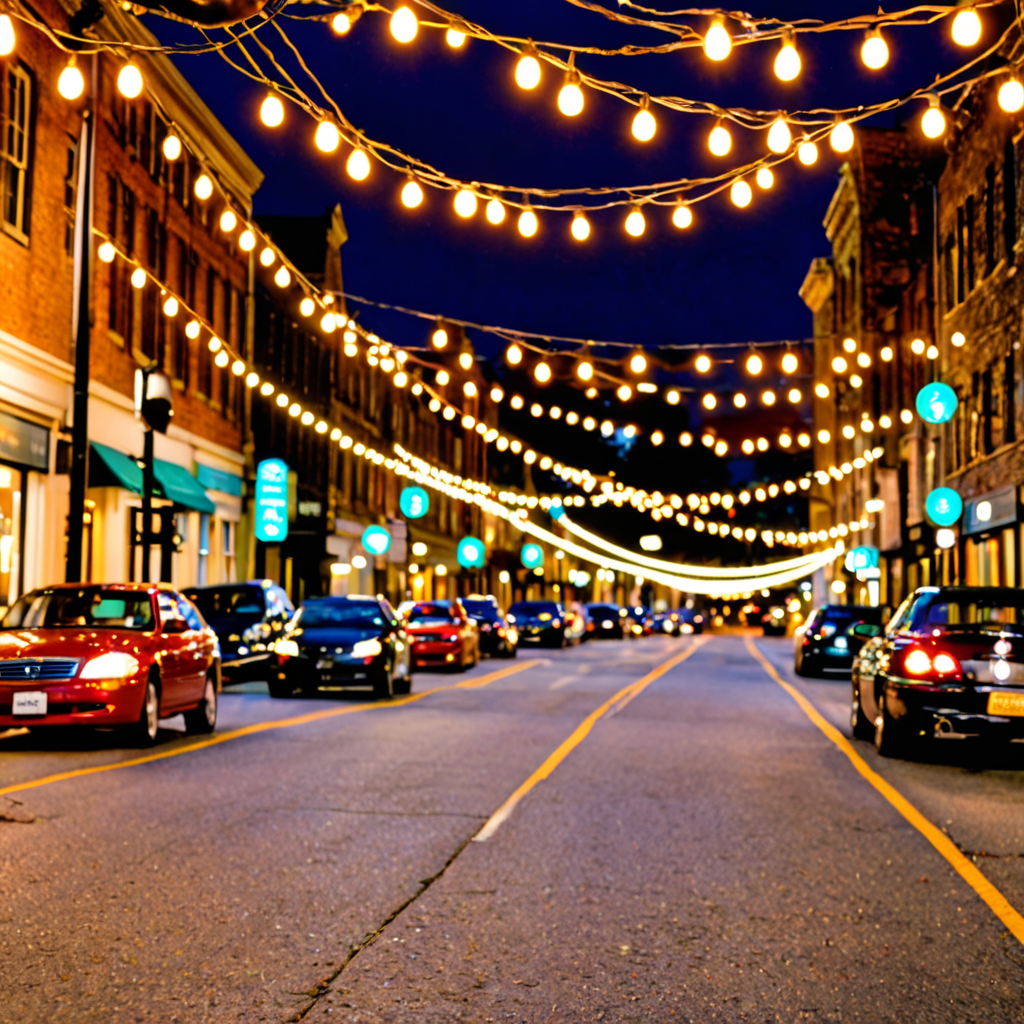
Introduction: Overview of Belarusian Traditions and Folklore
Belarus, a landlocked nation at the heart of Eastern Europe, boasts a vibrant tapestry of traditions and folklore. Shaped by centuries of history, Belarusian culture has preserved its unique heritage through a myriad of customs, rituals, and artistic expressions. From its traditional folk songs and dances to intricate embroidery and craftsmanship, Belarus offers a rich and diverse cultural landscape.
History and Origins of Belarusian Customs and Beliefs
The origins of Belarusian traditions can be traced back to ancient Slavic tribes who inhabited the region centuries ago. Their beliefs, customs, and folklore were deeply rooted in nature worship and pagan rituals. Over the centuries, Christianity and other external influences gradually blended with these ancient practices, forming the unique Belarusian cultural identity. Rural villages have played a pivotal role in preserving these customs, with many traditions still practiced today in their original forms.
Traditional Belarusian Cuisine: Flavors and Delicacies
Belarusian cuisine is a symphony of flavors that showcases the country's agricultural heritage. From the hearty staple of draniki (potato pancakes) to the refreshing sour rye soup known as zhurek, Belarusian dishes exude a blend of simplicity and freshness. Traditional dairy products like smetana (sour cream) and tvorog (cottage cheese) are prevalent, adding a tangy richness to many recipes. Wild mushrooms and berries, foraged from the vast forests, provide a natural touch to many dishes, while fermented vegetables showcase the importance of preservation in Belarusian culinary practices.
Music and Dance: Expressions of Belarusian Culture
Belarusian music and dance are inseparable from its folklore. Traditional songs often accompany folk rituals, weddings, and other special occasions, with melodies and lyrics that have been passed down through generations. The distinctive tsimbaly (hammered dulcimer) holds a special place in Belarusian folk music, its rhythmic accompaniment providing a lively beat to accompany dances. Belarusian dance forms, such as the lively lyavonikha and the elegant polonaise, reflect the country's cultural heritage and the influence of neighboring regions throughout history.
Belarusian Craftsmanship: Heritage and Techniques
Belarusian craftsmanship is renowned for its intricate beauty and exceptional techniques. Traditional embroidery, passed down through generations, adorns garments, textiles, and household items. Each region boasts its unique patterns and stitches, with some villages specializing in particular motifs. Linen weaving is another ancient craft, with Belarusian linen prized for its durability and natural elegance. Woodcarving and pottery are also practiced widely, with artisans creating functional and decorative pieces that reflect the country's cultural heritage.
Festivals and Celebrations: Preserving Cultural Traditions
Throughout the year, Belarus hosts a vibrant array of festivals and celebrations that showcase its rich cultural heritage. During Maslenitsa, the traditional Slavic festival marking the end of winter, people gather to enjoy pancakes, folk games, and bonfires. Kupala Night, a midsummer celebration rooted in pagan rituals, is observed with bonfires, dancing, and the search for a magical fern flower. Harvest festivals celebrate the bounty of the land, while Christmas and Easter are observed with special traditions and culinary delights.
Museums and Cultural Centers: Keepers of Belarusian Heritage
Belarusian museums and cultural centers serve as guardians of the country's rich heritage. The National History Museum in Minsk houses a vast collection of artifacts, documents, and exhibits showcasing the nation's past. Regional museums throughout Belarus focus on local history, traditions, and folklore. Cultural centers offer a platform for folk groups to perform, artisans to display their crafts, and communities to connect with their shared heritage.
Experiential Tourism: Embracing Belarusian Traditions
Experiential tourism in Belarus offers visitors a unique opportunity to immerse themselves in the country's living traditions. Guided tours of rural villages provide insights into traditional lifestyles, customs, and crafts. Visitors can participate in workshops to learn embroidery, pottery, or woodworking, or join local festivals and celebrations to experience the vibrant spirit of Belarusian culture. Homestays with local families offer an authentic glimpse into everyday life, fostering cultural exchange and a deeper appreciation for Belarusian traditions.
Conclusion: The Enduring Legacy of Belarusian Folklore
Belarusian traditions and folklore continue to thrive, reflecting the country's deep-rooted cultural heritage. From its ancient customs and beliefs to its vibrant music, dance, and crafts, Belarus offers a captivating tapestry of cultural experiences. Preserved through generations, these traditions provide a glimpse into the soul of the Belarusian people, showcasing their resilience, creativity, and enduring connection to their past.
Frequently Asked Questions
Q: What is the most popular Belarusian dish?
A: Draniki, potato pancakes, are considered the national dish of Belarus.
Q: What is the traditional Belarusian musical instrument?
A: The tsimbaly, a hammered dulcimer, is a prominent instrument in Belarusian folk music.
Q: What is a unique Belarusian craft?
A: Intricate embroidery, with regional variations in patterns and stitches, is a renowned Belarusian craft.
Q: What is a popular Belarusian festival?
A: Maslenitsa, a Slavic festival marking the end of winter, is widely celebrated in Belarus.
Q: Can tourists experience Belarusian traditions firsthand?
A: Yes, experiential tourism opportunities allow visitors to immerse themselves in Belarusian culture through guided tours, workshops, and homestays.


